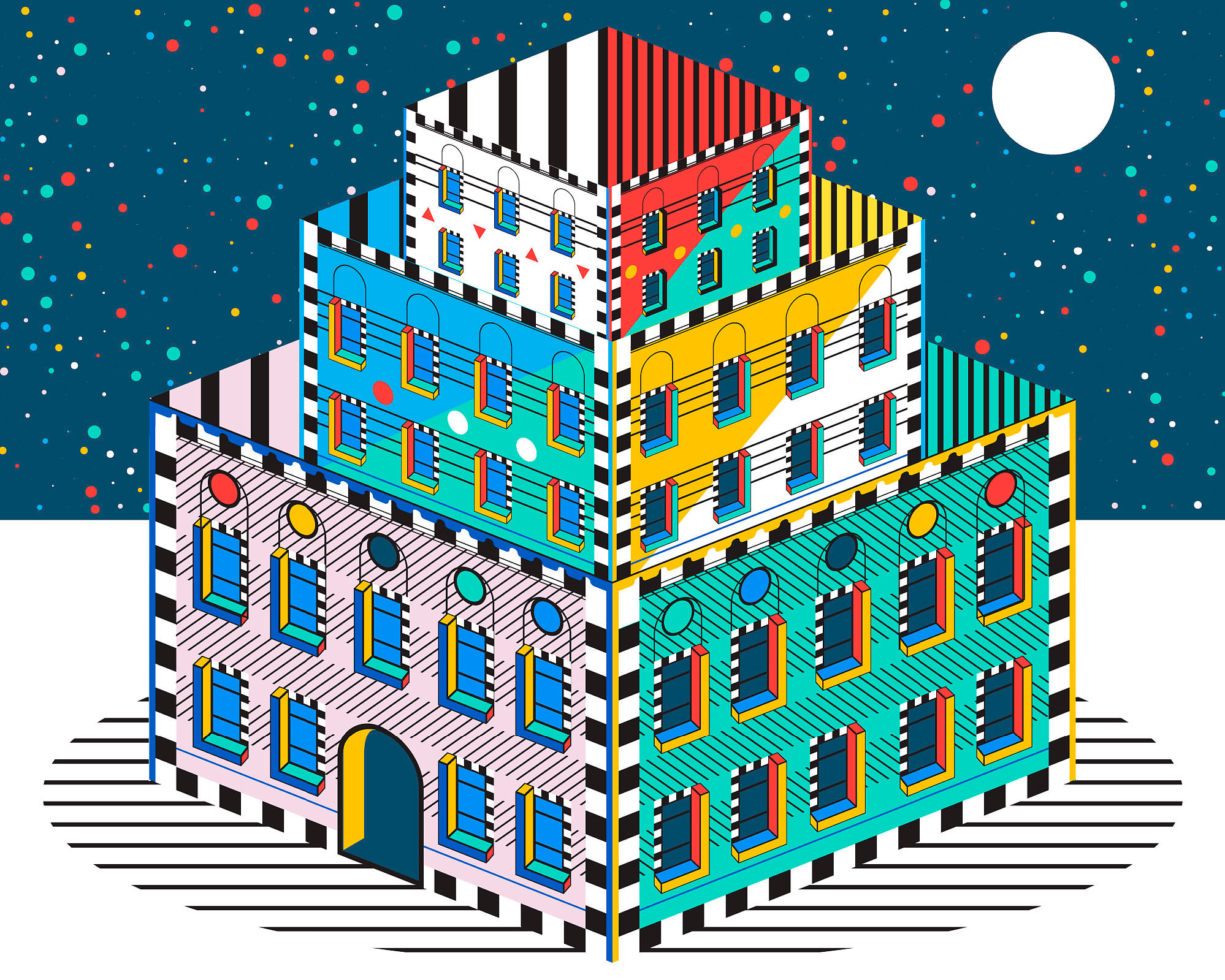
The Rise of the Permanent Pop-up
Staying power.
Despite our increasingly short attention spans and throwaway culture, it seems at least pop-ups are being designed to last. Call it retail therapy.

Despite our increasingly short attention spans and throwaway culture, it seems at least pop-ups are being designed to last. Call it retail therapy.

From the so-called Great Firewall of China to service providers throttling download speeds to Russia’s recent attempt to permanently log itself out of Facebook, Twitter, and other social media, the free, open, and globally accessible World Wide Web isn’t exactly living up to its name.

Because it has become so easy to write anything and have it seen by countless individuals on one of the microblogging sites, diagnoses of graphomania—the pathological impulse to write—have bubbled up from critics and social commentary. But during the pandemic, we have noticed another, more benign impulse: the eye-watering compulsion to use charts and graphs to understand reality.

Now, in addition to its creative nomenclature, white paint has another thing going for it: it might just slow climate change.

What role does the conspiracy theory play in the way we understand the world?

Ticket prices won’t be the only way that space tourism will be expensive.

Why do we feel the urge to jump from high places?

Crypto collectibles.
On some level, this fetish of authenticity is difficult to fathom.

Because the billionaire race to space has cheapened space—ironically, considering how much money has been spent. It has taken something few have experienced and made it gimmicky.